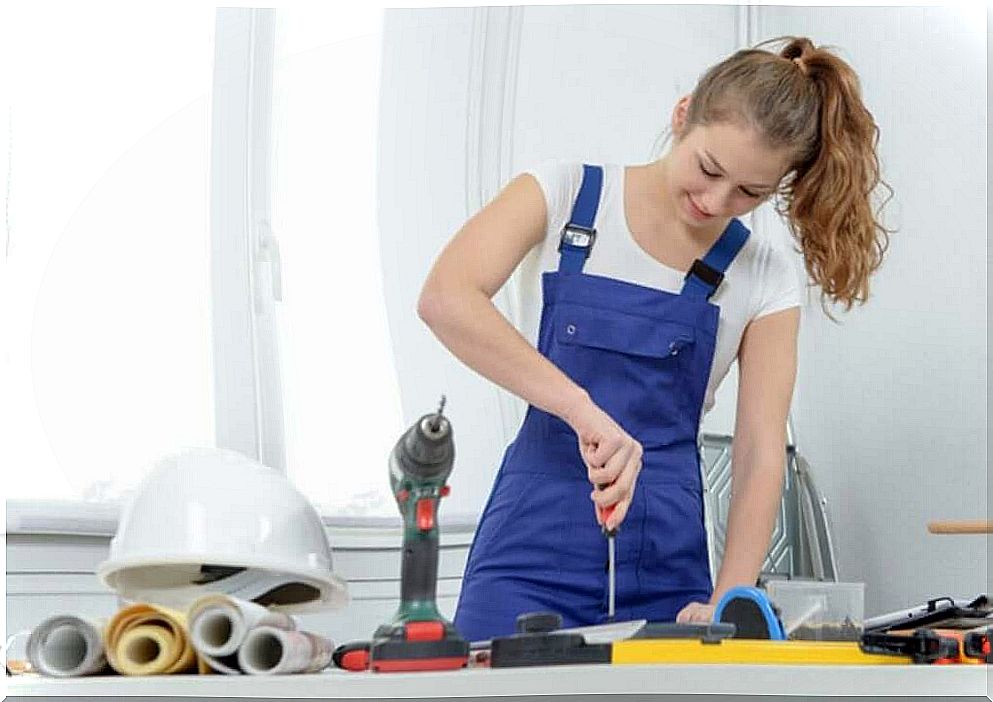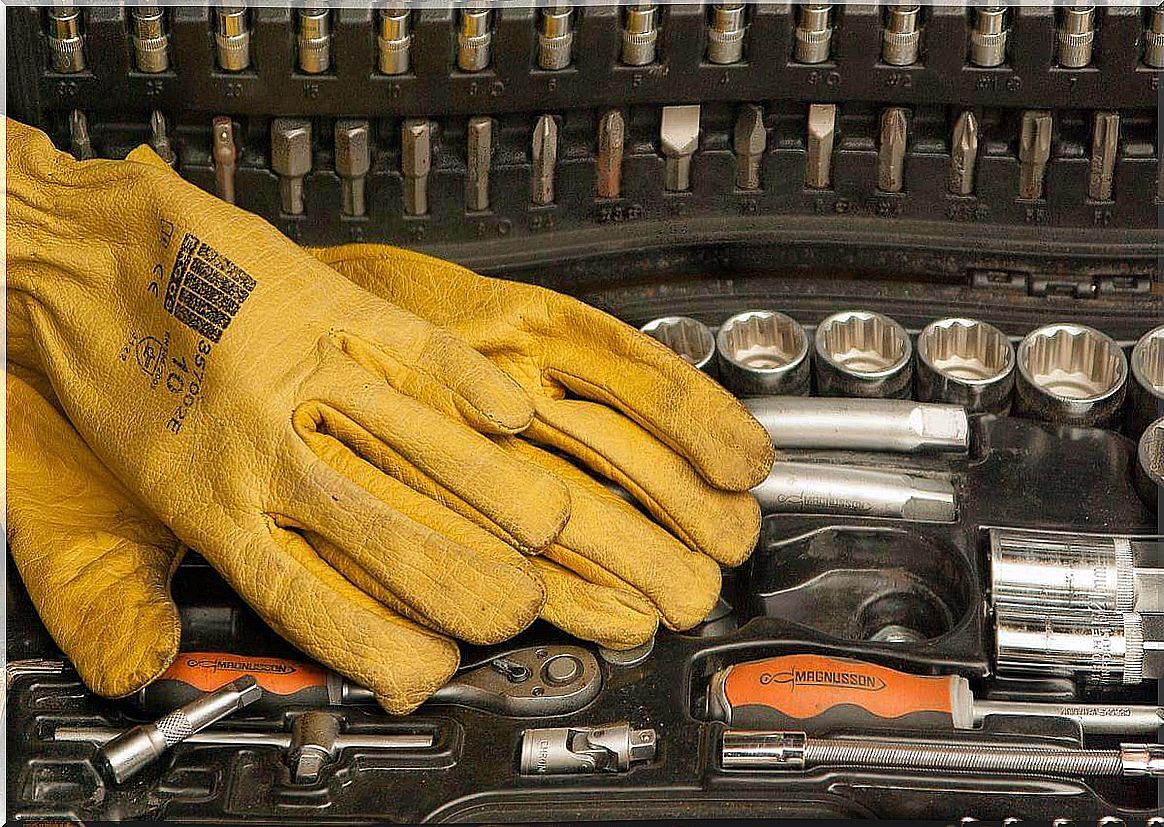Ikea Effect: When We Value More What We Do Ourselves

The Ikea effect gives its name to something that many of us often experience: the pleasure of building something on our own. The do-it-yourself movement has been growing in the marketing world for decades and extends far beyond the realm of home furnishings and crafts. Business psychologists and advertising professionals have known about this impressive cognitive bias for decades.
Everyone has done it before: set up a table, bake a box cake, or even paint a picture that indicates the shapes and colors that should be applied to each part of the canvas. People like to feel the satisfaction of being able to create or accomplish something with their own hands.
This sense of competence leads us to value the final product more, whether it is furniture, a dessert or even the result when dyeing your own hair. Companies are well aware of this, which means they enjoy and charge more for these products. You might think that the fact that the customer had to assemble a cabinet would make it cheaper, but that’s not always the case.

Ikea Effect: Five Characteristics You Should Know
The Ikea effect is almost as old as the Swedish multinational with the same name. However, it was only in 2011 that this cognitive bias was first coined. It was Dr. Michael I. Norton, of Harvard Business School , and Daniel Mochon, of Yale University, who described in a study this tendency that people have to value a product much more when they make it themselves.
One thing they can conclude is that when consumers themselves assembled the furniture, they added more value to the final product. A kind of affective bond was created with the bed or table they set up or with the chairs they received disassembled. However, there was an important aspect: the assembly could not be overly complex.
However, the Ikea effect tells us much more than that.
Even though you might think otherwise, you’re not paying less
This strategy is smart and very beneficial for big companies. Something that the authors of this study, Norton and Mochon, found is that the Ikea effect means that the more effort people put into something, the more they value it. This makes them not realize that they are paying more for a product that should cost much less (since the manufacturer is avoiding assembly costs).
Companies like Ikea itself and Build-a-Bear (which allows you to build your own teddy bear) follow this business model. Also, another thing you might mistakenly believe is that since you assemble the furniture, the price should be cheap. However, this is generally not the case.
Ikea effect, even if the furniture is not perfect, it is still “my furniture”
The Ikea effect is also based on another curious cognitive bias: the endowment effect. He claims that people sometimes establish a sense of ownership over what they themselves have done.
For example, it doesn’t matter that your bedside table is crooked. It’s your desk because you set it up. You took almost two hours to assemble it, so this object is part of you, even if the result is not ideal.
The same goes for what you cook. Sometimes you insist on eating a meal you’ve made even if it doesn’t taste as good, simply because you made it yourself.
Self-efficacy and the need for competence
There is something quite remarkable about making a cake for which you are already given all the ingredients in a box. There is also a certain pleasure in building a closet or a bunk bed for your children. These tasks provide a pleasant sense of self-efficacy, and few things are as positive reinforcement as seeing that you are doing well and that, following instructions, you were able to build a piece of furniture or bake a cake.
People need these competence experiences to improve their view of themselves. So a common thing that happens with the Ikea effect is for people to share all the things they’ve done with others. We all like our friends and family to see what we’ve done for ourselves, including food.
Large companies know that this happens and know the satisfaction it brings us. They want us to feel that way because it will make us not realize that the product might not be worth the money they’re charging for it.
Do it yourself with your own materials and no instructions
There is a much more enriching approach that we would like to talk about. One that can be much more beneficial to you psychologically.
You must try to innovate! Use a little creativity and create your own products without resorting to something already “pre-made”. Why not make a fabulous dessert without resorting to ready-made products that are sold in supermarkets?
Sometimes there’s nothing more fun and rewarding than restoring old furniture to a new use. In essence, there are many things that allow you to feel competent and get amazing results.
The Ikea effect is becoming more and more common in the market and it is worth identifying when it is sold to us.









